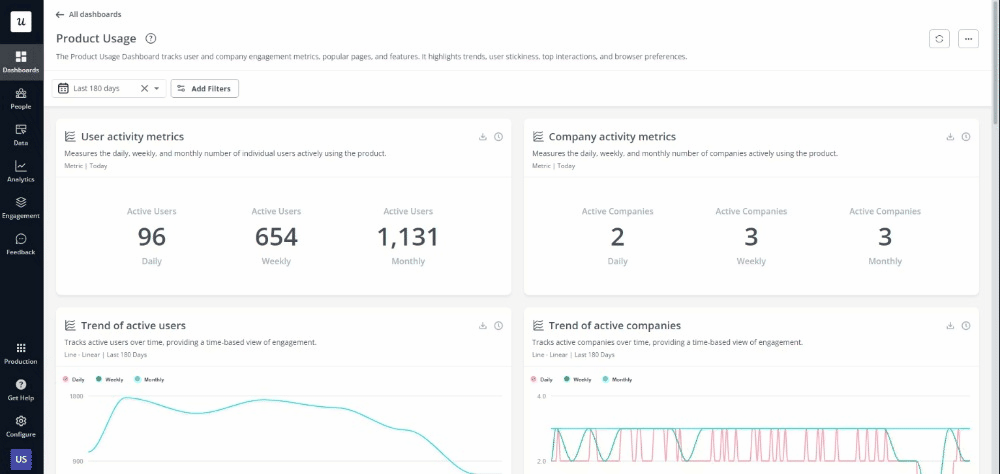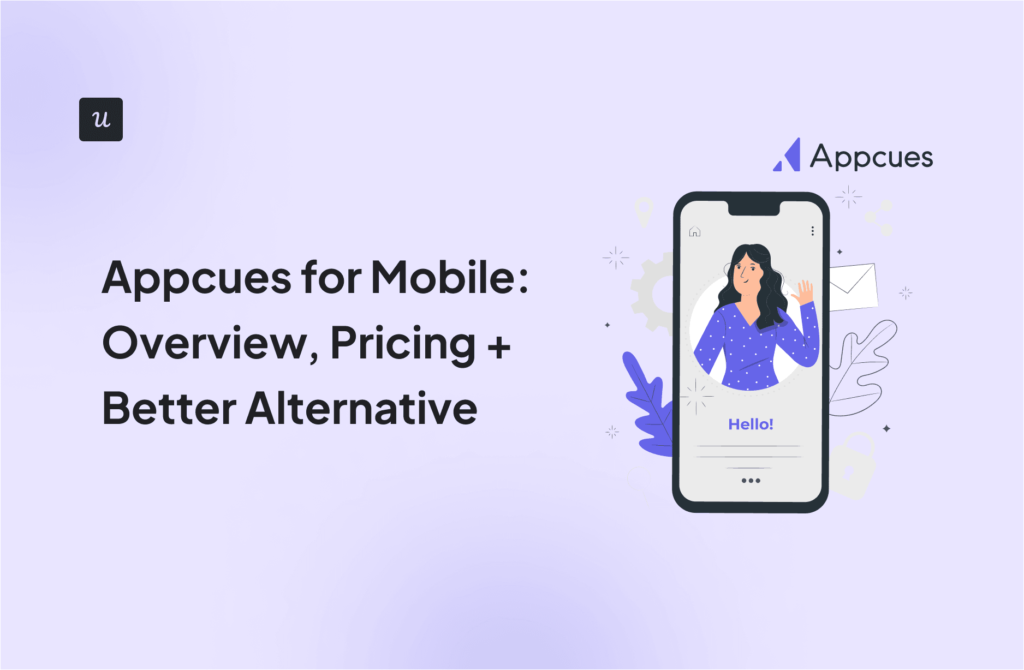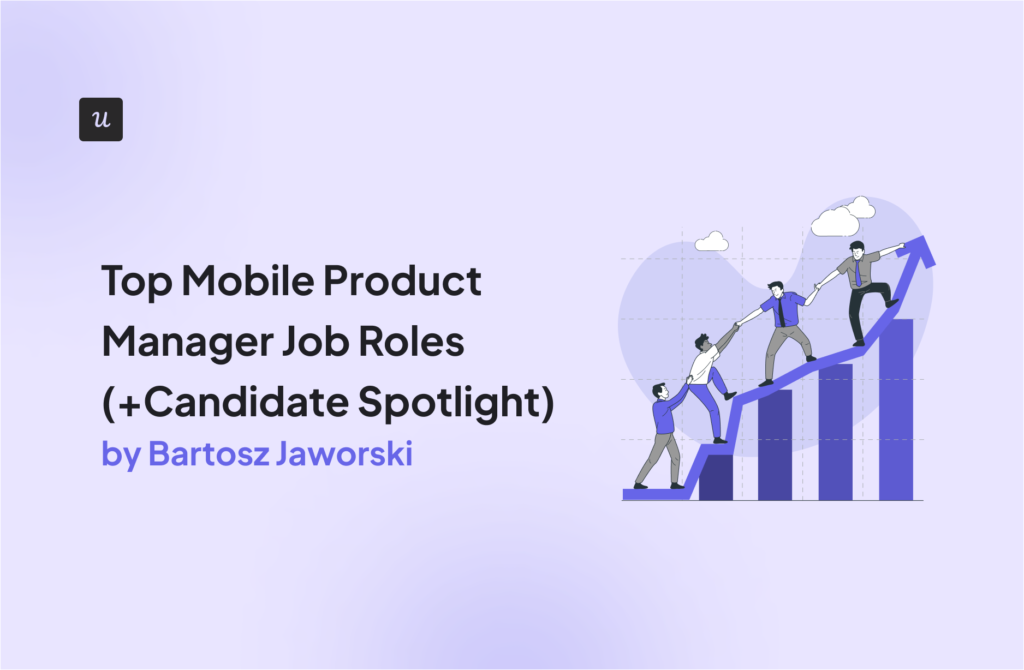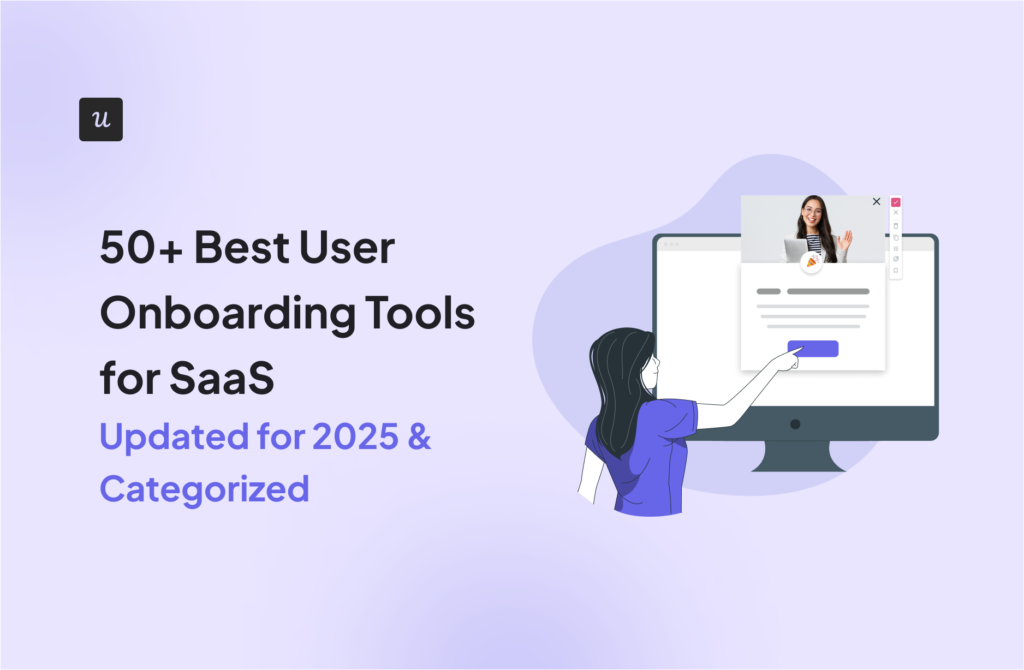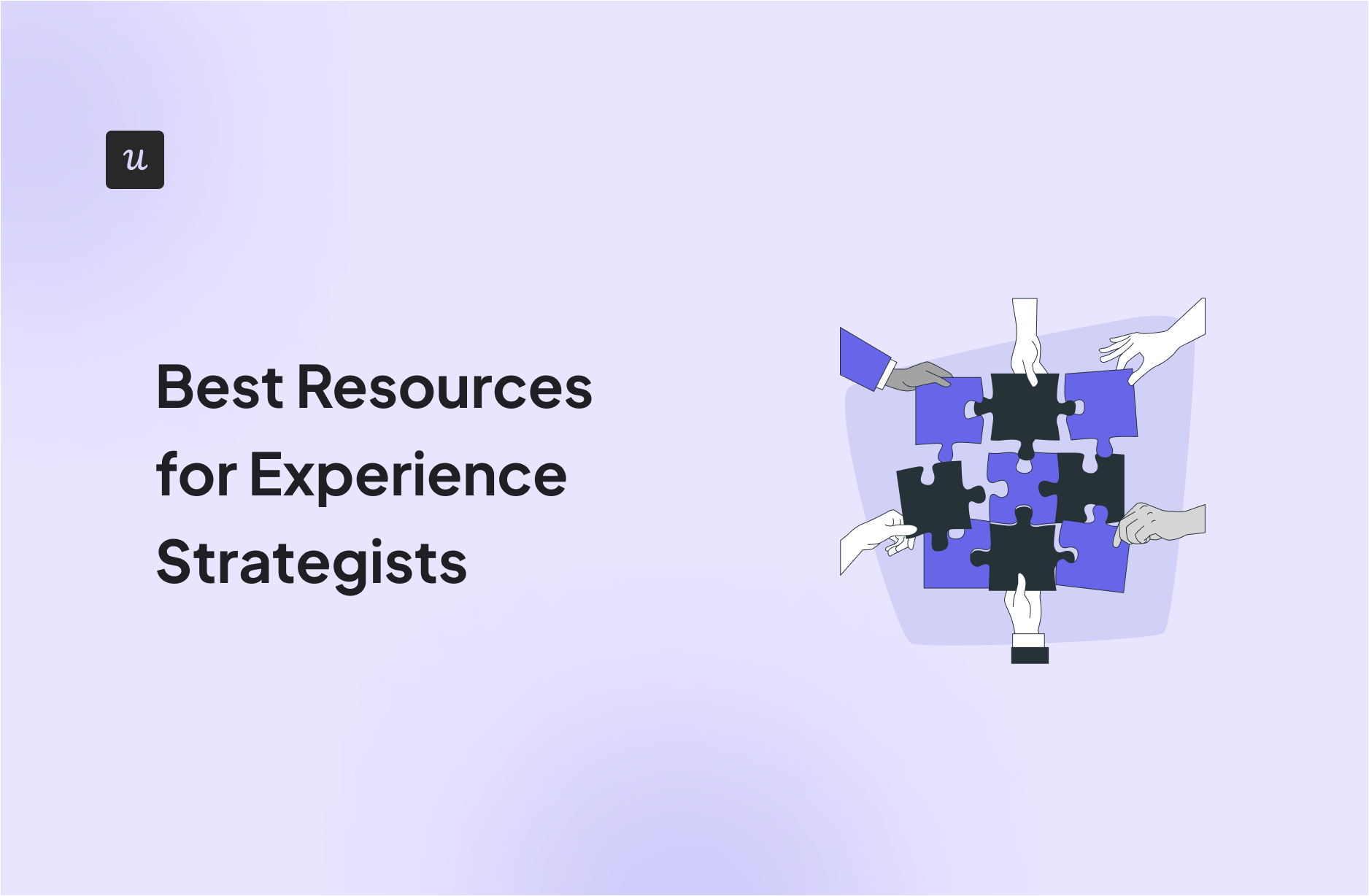
Best Resources for Experience Strategists5 min read
Get The Insights!
The fastest way to learn about Product Growth, Management & Trends.
Helpful resources for experience strategists
To excel as an experience strategist, it’s essential to stay updated with the latest trends and best practices in the field. Here are some of the best resources, including books, webinars, podcasts, and blogs, that can help you enhance your knowledge and skills.
Best books for experience strategists
Here are the best books we recommend for experience strategists.
- Don’t Make Me Think by Steve Krug: A classic book on web usability that provides practical advice on creating intuitive user interfaces.
- The Design of Everyday Things by Don Norman: This book explores the principles of good design and how they can be applied to create better user experiences.
- Lean UX by Jeff Gothelf and Josh Seiden: A guide to integrating lean principles into UX design for faster, more effective product development.
- UX Strategy by Jaime Levy: This book offers a step-by-step guide to creating innovative product strategies that align with user needs.
- Designing for Interaction by Dan Saffer: A comprehensive guide to the principles and techniques of interaction design.
Best webinars for experience strategists
Here are the best webinars we recommend for experience strategists.
- Userpilot Webinars: Userpilot offers a range of webinars on user onboarding, product adoption, and user experience strategies.
- NNG UX Webinars: Nielsen Norman Group provides webinars on various UX topics conducted by industry experts.
- UXPin Webinars: These webinars cover UX design, research, and collaboration best practices.
- Interaction Design Foundation Webinars: IDF offers webinars on a wide range of UX and design-related topics.
- Smashing Magazine Webinars: These webinars provide insights into the latest trends and techniques in web design and development.
Best blogs for experience strategists
Here are the best blogs we recommend for experience strategists.
- Userpilot Blog: Insights and articles on user onboarding, product adoption, and user experience strategies.
- Nielsen Norman Group Blog: Research-based articles on usability, UX design, and user research.
- Smashing Magazine: A blog that covers the latest in web design, UX, and front-end development.
- UX Planet: A comprehensive blog that offers articles on UX design, research, and career advice.
- UX Design.cc: A curated collection of articles and resources on UX design and strategy.
Best podcasts for experience strategists
Here are the best podcasts we recommend for experience strategists.
- Product Heros by Userpilot: Userpilot’s podcast features interviews with industry experts on user experience and product growth strategies.
- UI Breakfast: A podcast on UI/UX design, product strategy, and marketing, featuring expert interviews and actionable insights.
- The NN/g UX Podcast: Hosted by the Nielsen Norman Group, this podcast covers various aspects of user experience design and research.
- Awkward Silences: A podcast about UX research, where hosts talk to industry experts about their experiences and methodologies.
- Design Better Podcast: InVision’s podcast explores how the world’s best designers create better products, companies, and experiences.
Best certifications for experience strategists
While there’s no single “best” certification for experience strategists, several highly-regarded programs and courses can boost your skills and credibility. Here are a few options for you:
- Hyper Island – Digital Experience Design: This program covers various aspects of experience design, including strategy, research, and implementation.
- Kent State University – User Experience Design Master’s Degree: This program specializes in experience strategy and research.
- General Assembly – User Experience Design Immersive: This boot camp covers UX fundamentals and delves into experience strategy and research methodologies.
- Nielsen Norman Group – UX Certification: While not solely focused on experience strategy, this certification covers essential UX principles and research methodologies relevant to strategists.
- Udemy – Experience Strategy Courses: Udemy offers various courses on experience strategy, customer journey mapping, and service design.
- Coursera – Design Thinking for Innovation: This specialization by the University of Virginia covers design thinking principles and methodologies crucial for experience strategists.
Best tools for experience strategists
To excel in creating seamless and engaging user experiences, an experience strategist needs a diverse set of tools. Here are some of the best tools for various aspects of experience strategy:
- Best tool for user onboarding – Userpilot: Userpilot is a powerful tool for creating personalized user onboarding experiences, helping users get the most out of your product from day one.
- Best tool for project management – Monday: Monday is an intuitive project management tool that helps teams collaborate effectively, track progress, and manage tasks efficiently.
- Best tool for product management – Jira Software: Jira Software is a robust product management tool designed for agile teams, offering comprehensive features for planning, tracking, and releasing software.
- Best tool for CX management – Zendesk: Zendesk is a leading customer experience tool that provides a suite of support apps to improve customer relationships and satisfaction.
- Best tool for customer success – ClientSuccess: ClientSuccess offers a comprehensive platform to manage customer success processes, helping to reduce churn and increase customer satisfaction.
- Best tool for UX/UI design – Figma: Figma is a cloud-based design tool that allows teams to collaborate in real-time on creating and refining user interfaces and experiences.
- Best tool for data visualization – Tableau: Tableau is a powerful data analytics tool that helps experience strategists visualize and understand complex data to make informed decisions.
- Best tool for collaboration and documentation – Confluence: Confluence by Atlassian is a collaboration tool that helps teams create, share, and manage documentation and knowledge bases effectively.
- Best tool for customer feedback – HubSpot Service: HubSpot Service is an all-in-one customer service tool that helps collect and analyze customer feedback to improve the overall user experience.
- Best tool for agile project management – Trello: Trello is a flexible project management tool that uses boards, lists, and cards to help teams manage tasks and projects in an agile environment.
Conclusion
Professional growth is a continuous journey, and investing in your development is key to staying competitive in the field.
We hope this guide has equipped you with the tools and knowledge needed to excel in your role.
Looking into tools for experience strategists? Userpilot is an all-in-one product platform with engagement features and powerful analytics capabilities. Book a demo to see it in action!

